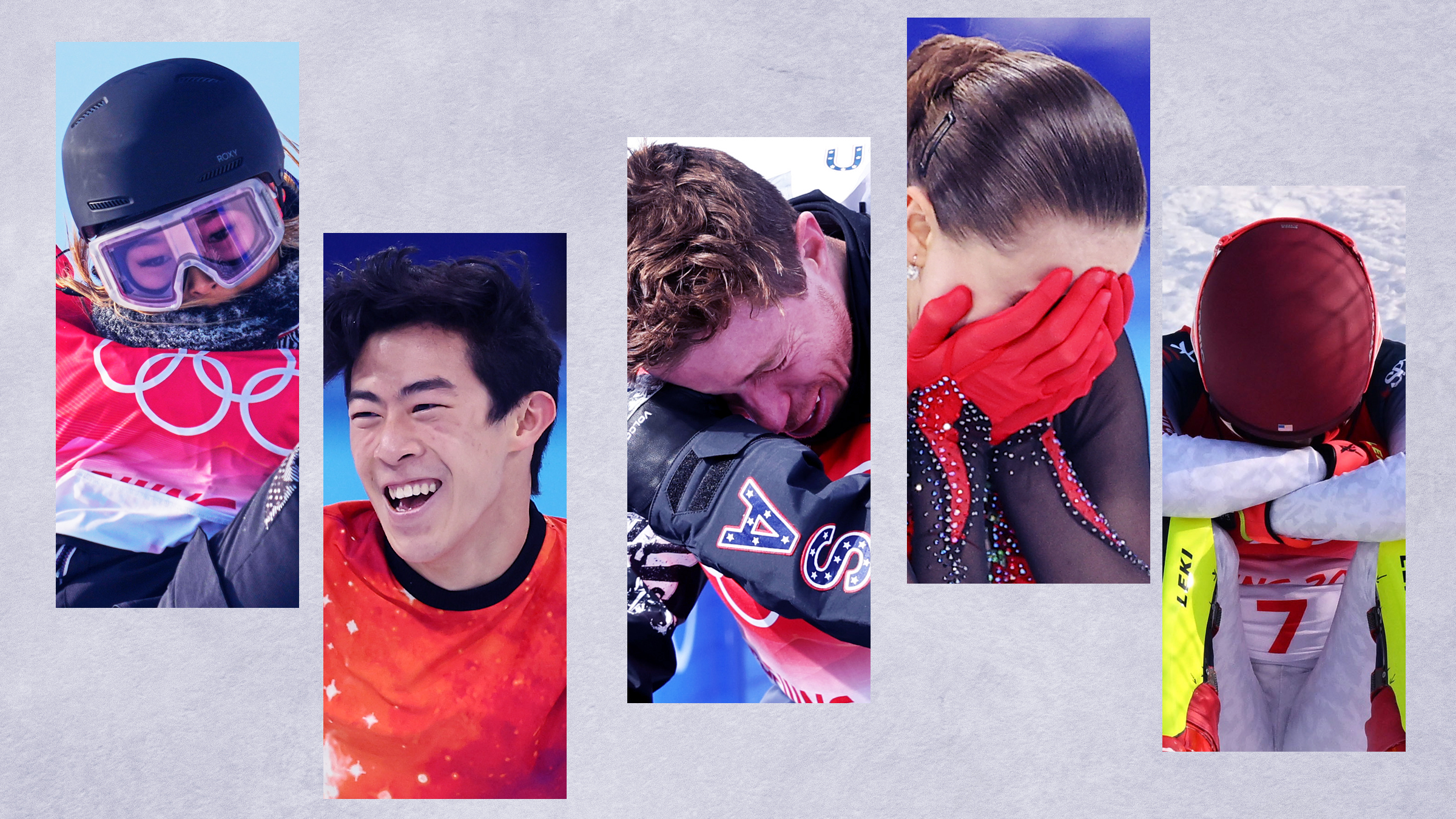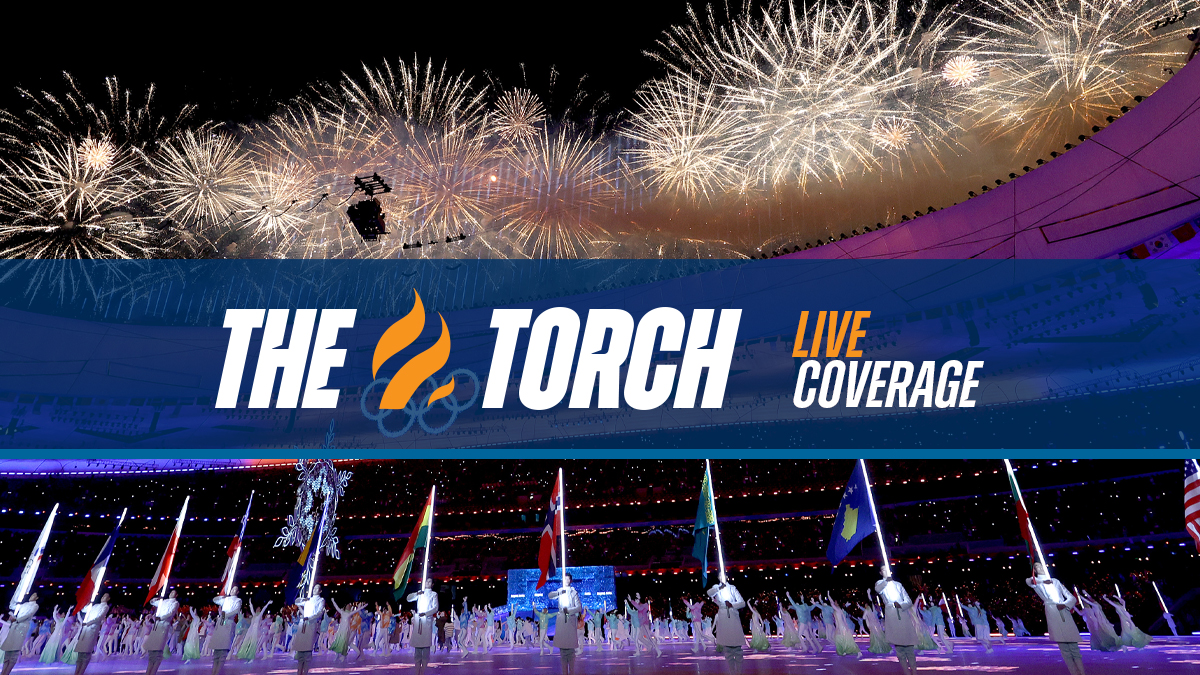Cross-Country skiing is an endurance sport, with competitors wearing skis and using ski poles to propel themselves across long distances.
Much like a marathon, it's very demanding on the body and requires the use of every muscle group at the same time.
No one understands just how difficult of a sport cross-country skiing is better than Team USA's Jessie Diggings, who won in the team-sprint freestyle event with Kikkan Randall at the 2018 PyeongChang Olympics, earning the United States' first gold medal in the sport and ending a 42-year podium drought for the Americans.
Get South Florida local news, weather forecasts and entertainment stories to your inbox. Sign up for NBC South Florida newsletters.
Randall has since retired, but Diggins will now be looking to help Team USA start a cross-country skiing medal streak at the 2022 Beijing Olympics.
Here’s everything you need to know about cross-country skiing for when Diggins and Team USA compete at the Beijing Games:
What are the different cross-country skiing competitions at the Beijing Olympics?
Beijing 2022 Winter Olympics
Watch all the action from the Beijing Olympics live on NBC
There are 12 cross-country skiing events scheduled for the 2022 Beijing Games: six men’s and six women’s. The men’s competitions include a skiathlon (30 km), individual sprint freestyle, 15-kilometer classical, 4x10km relay, team sprint classical and mass start 50-kilometer freestyle. The women’s competitions are a skiathlon (15km), individual sprint freestyle, 10-kilometer classical, 4x5km relay, team sprint classical and mass start 30-kilometer freestyle.
The Olympic cross-country skiing events have alternating classical and freestyle techniques. For instance, the team-sprint event that Diggins won gold in at the 2018 Games had a freestyle technique, but this year it will be classical and at the following Olympics it will be freestyle again. In the skiathlon and relay events, both techniques are utilized, skiing the first half in classical technique and the second using freestyle.
There are also two different types of starts: interval/individual start and mass start. In an interval start, one skier leaves the starting gate every 30 seconds and races against the clock. In a mass start, all skiers begin at the same time and race to the finish line.
What’s the difference between classical and freestyle skiing?
In the classical cross-country skiing technique, competitors must keep their skis within narrow parallel tracks. To do so, they use the traditional kick-and-glide diagonal stride.
In freestyle races, there are no restrictions on ski placement. With the freestyle technique, which is also known as skating, the skis are pointed outward and the movements look similar to ice skating and rollerblading. It’s also the technique that generates faster speeds.
What equipment is used in cross-country skiing?
The most important piece of equipment for cross-country skiing is, of course, the skis.
Cross-country skis are lighter and more narrow than those used in alpine skiing and ski jumping. As is the case with most cross-country equipment, there are differences between the skis used in classical and freestyle racing. Freestyle skis are shorter and more rigid than classical skis, as they must be able to handle the extra pressure that comes with that style of skiing.
Ski wax also plays an integral role in an athlete’s performance. The formula must accomplish two contradictory tasks: grip the snow on the uphill while also gliding on the way down. Generally, freestyle racers will use glide wax, which decreases the friction between the skis and snow and improves speed. Classical racers, on the other hand, will apply both glide and kick wax, the latter of which increases the friction between the skis and snow. The waxes are placed on different parts of the classical skis to serve separate functions, with the kick wax helping athletes push off on level surfaces and ski uphill.
The boots worn in cross-country skiing are akin to running shoes, with freestyle boots being more rigid and providing more ankle support than classical ones. An athlete’s boots are only bound to the skis at the to, leaving the heel free to flex up and down, and allowing the skier to propel themselves across the snow.
Finally, there are the two poles, which are made of metal tubing and feature hand grips and sharp tips that grip snow for traction. The freestyle poles are longer and stiffer than the classical ones and typically extend to the lower half of the face. Classical poles extend to the armpit area.
What’s the history of cross-country skiing?
Skis have been around for a long time, but they were initially used as a means of transportation, primarily during hunting and warfare. The oldest known ski is from about 2,000 B.C. and was found in the Swedish province of Angermanland.
Thousands of years later, cross-country skiing as a competition first popped up in northern Norway in 1843. The first major ski equipment innovation came from a Norwegian less than a decade later, when competitive skier and skiing pioneer Sondre Norheim invented a heel binding that made it easier to turn.
Cross-country skiing was featured at the first Winter Games in 1924 and is one of six sports that have been a part of every Winter Olympics since. A women’s event wasn’t added to the Olympic program until the 1952 Oslo Games and freestyle races were introduced in the 1988 Calgary Olympics.
Which country has the most medals in cross-country skiing?
Norway, the birthplace of modern skiing, has historically dominated cross-country skiing at the Olympics and leads the medal count with 121. That’s 41 more medals than the next-closest nation. Norway, which also has the most gold medals with 47, took seven of 12 golds and 14 of 37 medals awarded at the 2018 Games. Sweden is second with 80 total medal, 31 of which are gold.
The United States isn’t in the top 10 in either category, with just one gold medal and two total podium finishes. Outside of Diggins and Randall, Bill Koch is the only other American to medal in cross-country skiing. Koch took silver in the men’s 30-kilometer event at the 1976 Innsbruck Games.
Who are the most notable cross-country skiers?
The Beijing Olympics won’t feature the most decorated Winter Olympian of all time after Norwegian cross-country skier Marit Bjørgen retired following the 2018 Games. Bjørgen won five medals in Pyeongchang and owns a record 15 Winter Olympic medals, including eight golds.
But, even in Bjørgen’s absence, Norway still boasts several of the sport’s top athletes. Three-time Olympic medalist Therese Johaug will make her return to the Games after a doping ban prevented her from competing in 2018. And on the men’s side, three-time gold medalist Johannes Hoesflot Klaeb and two-time gold medalist Simen Hegstad Krüger both look primed for more finishes atop the podium.
For Team USA, 30-year-old Diggins will be making her third Olympic appearance and is likely to compete in all six events.
In 2021, Diggins became the first North American to win the Tour de Ski and the first American woman to capture the World Cup overall title.
Sweden's nine-time medalist Charlotte Kalla projects to be one of Johaug and Diggins’ toughest competitors.




